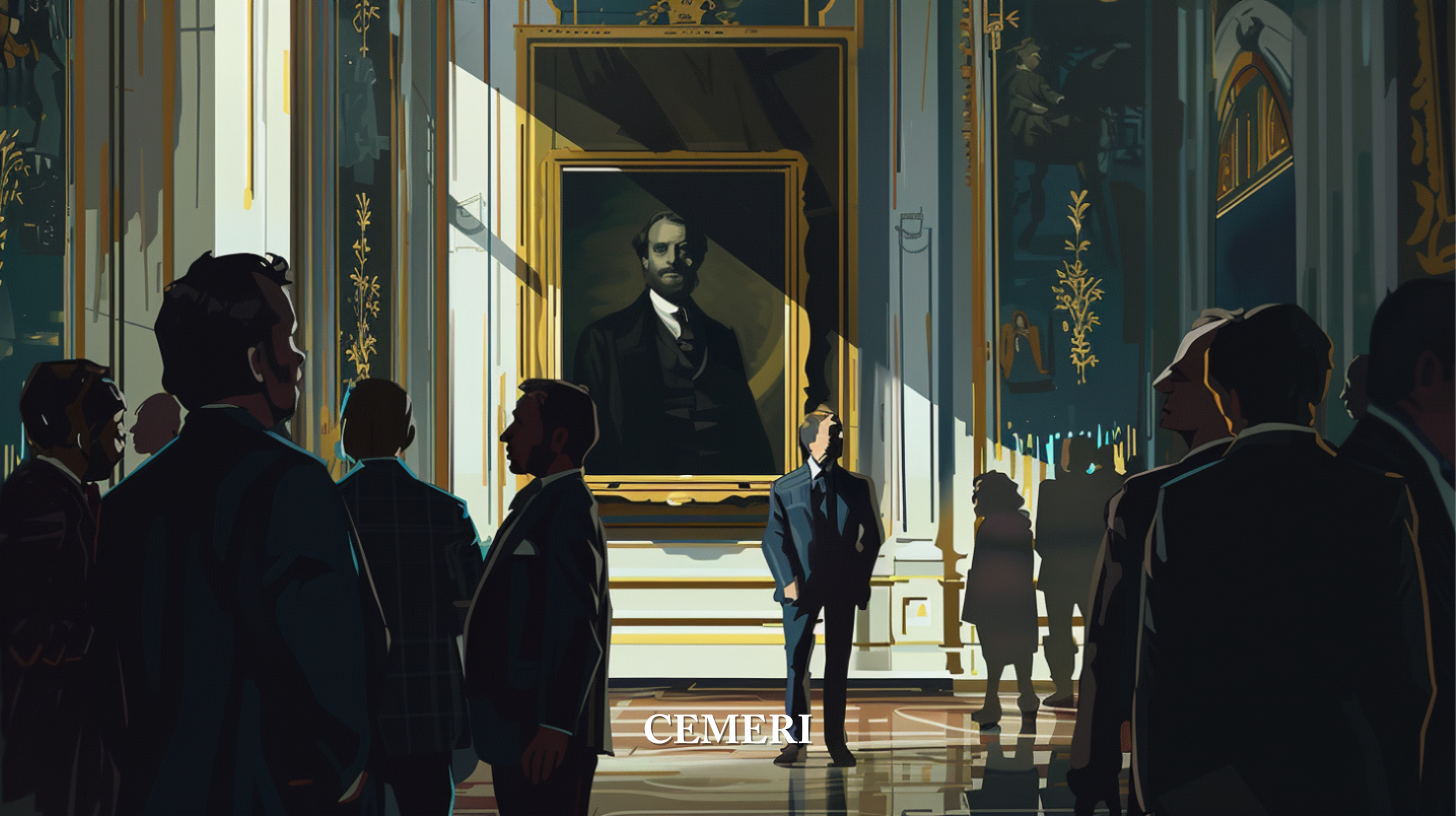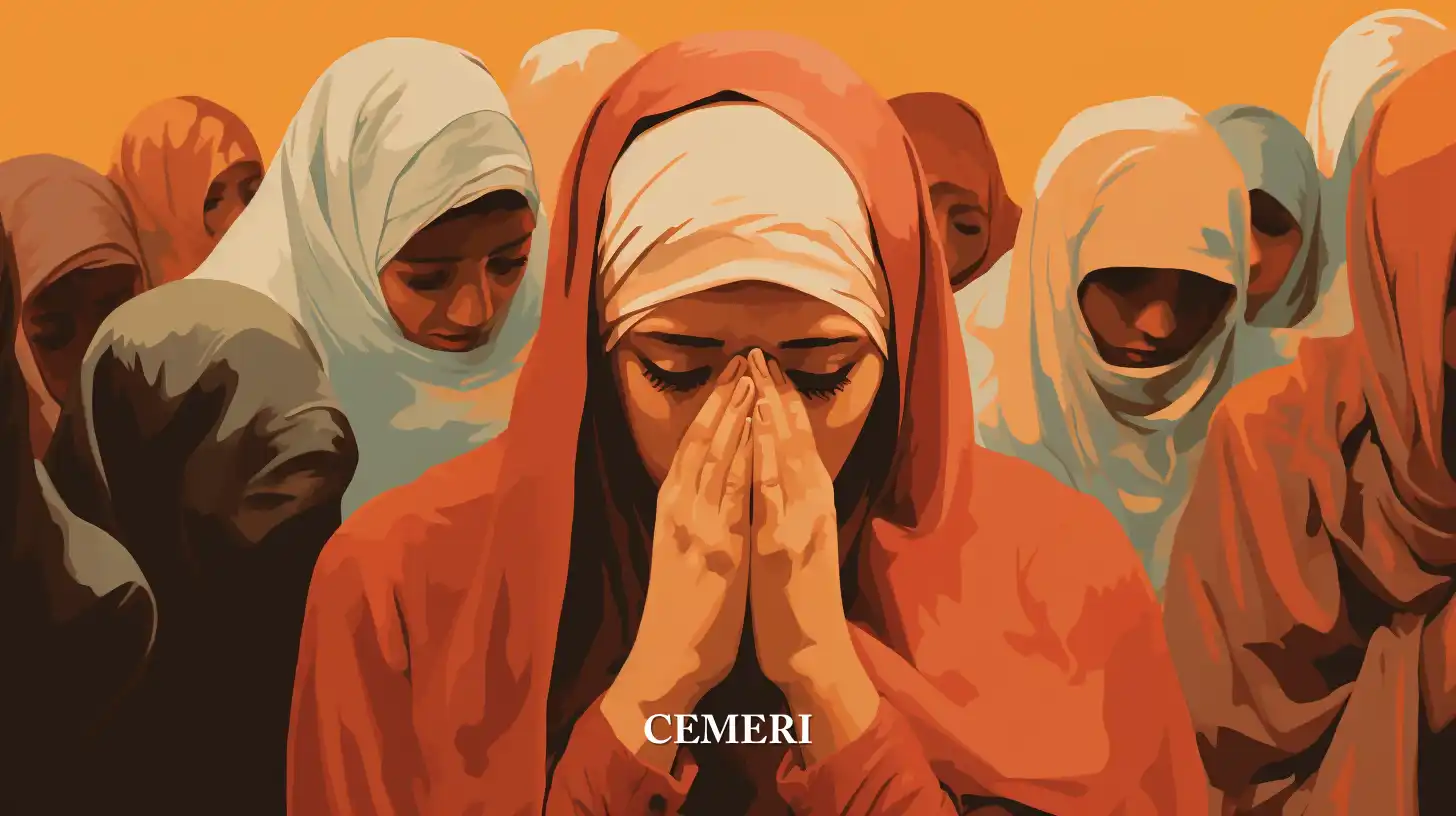Encyclopedia
s/a
Who was Fernando Maximiliano José María de Habsburgo-Lorena (Maximiliano I)?
- Formally set foot in Mexico, on May 28, 1864, he disembarked in the port of Veracruz, this is how he would become the Emperor of Mexico, adopting the name of Maximilian I.
?.webp?name=Who was Fernando Maximiliano José María de Habsburgo-Lorena (Maximiliano I)?&format=webp&quality=55)
Son of Francisco Carlos de Austria and Sofía de Baviera. He was an Austrian politician and soldier, known for head the Second Mexican Empire established in Mexico in the context of the Second French Intervention
Early years
Maximilian was born on July 6, 1832 in the Schonbrunn Palace, located in Vienna, Austria. From an early age he received a very strict and thorough education, possessing knowledge of history, horsemanship, music, philosophy, and law, among others.
Youth
It was in his youth that he would meet Napoleon III and his wife, Empress Eugénie, who would play a very important role in his life from then on. Given the Napoleonic ideas about the designs that corresponded to him, Napoleon decided to intervene in Mexican territory, which would lead him (with the influence of a group of Mexican conservatives) to call Maximilian (in his opinion very manageable and available) to establish the Second Empire Mexican and give continuity to his interests. On July 27, 1857, Maximilian married Charlotte, Princess of Belgium; daughter of Leopold I.
Later, he would become the viceroy of Lombardia-Veneto. His government in that territory did not have the relevance or acceptance that he expected despite the efforts of the couple to achieve the success of his stay. At this time, Napoleon III saw him as an easy prey to give continuity to his interests. In 1864, he is offered the throne of Mexico; Through the Treaty of Miramar, the terms of the royal couple's arrival in Mexico were agreed upon. Maximilian had to renounce his position in Europe, as well as his failed mandate in Lombardy in order to travel to head the Mexican Empire.
he passed through Mexico
He formally set foot in Mexico on May 28, 1864, disembarked in the port of Veracruz, this is how he would become the Emperor of Mexico, adopting the name of Maximilian I. It is said that since his arrival he was amazed by the beautiful landscapes that the Mexican territory had. He wrote in his diary about the green mountains and impressive mountains that he observed on his journey to Chapultepec Castle, a place where he was well received by the conservative faction, seeing him as the best candidate to lead. his interests. During his administration, he showed very successful policies for his time, such as the promotion of public education, he granted recognition to indigenous peoples, he was in charge of reducing the privileges that the Church had, he organized the distribution of land to peasants and led out a stage of progress in terms of infrastructure. Maximilian led the Empire more along the liberal path than the conservative one, with which he aroused the discontent of this faction. The American situation led Maximilian to despair and affected the established Empire. In this period of time, he lost the support that he was supposed to receive as agreed in the Treaty of Miramar.
Death
The empire built by Maximilian was gradually attacked by the military defeats of which he was the victim. Maximiliano kept running until he finally reached Querétaro, where he was besieged by Mariano Escobedo, a prominent Mexican soldier. Maximiliano was arrested in the company of two of his most faithful soldiers, Miramón and Mejía, during the days of his arrest, he asked Juárez to spare their lives, however he did not get it. Maximilian's death would remain recorded in the history of Mexico due to the last words that the Emperor mentioned: “I am going to die for a just cause, that of the independence and freedom of Mexico. May my blood seal the misfortunes of my new homeland! Long live Mexico! Live the independence". Immediately afterwards, he was shot in what is currently known as the Cerro de las Campanas.
Fun facts
He was a polyglot man, in addition to his native language, he learned English, French, Italian, Hungarian, Polish, Romanian and Czech. During the establishment of the Second Empire he appointed moderate liberals (he approached Benito Juárez but the latter rejected him) The Paseo de la Reforma and the remodeling of Chapultepec Castle took place during his government. It is said that he was the first ruler to celebrate the Grito de Dolores, for which he wore a charro outfit.
Sources
Clío TV. Youtube: Clío Tv. 12 de Diciembre de 2016. Disponible en: https://youtu.be/R6Hm5tl4Fcg (último acceso: 24 de Febrero de 2022).
Meyer, Jean. Dos siglos, dos naciones: México y Francia, 1810-2010 . México : CIDE , 2011. Disponible en: https://cide.repositorioinstitucional.mx/jspui/bitstream/1011/256/1/00010469 6_documento.pdf
UNAM. Portal Académico. CCH. Disponible en: https://e1.portalacademico.cch.unam.mx/alumno/historiademexico1/unidad5 /contextomundial/intervencionfrancesa (último acceso: 24 de Febrero de 2022).

